Question3 years ago my step dad found a blue belly fence lizard trapped on the back of his semi truck from Nevada when he came back to British Columbia, and instead of letting the lizard go we bought him a tank, a heating pad under the sand and a lamp above his rock a water dish and a fake plant to hide in... we feed him only crickets and in the last 3 days we've noticed a bump by his ear hole on one side of his face and on the other he has a bump underneath his eye which is making him unable to open his eye. we bought some reptile eye drops and that has helped him to try and open it but he mainly keeps it closed. we are wondering what caused these bumps and how we can fix it... we don't know anybody that specialize in these types of lizards. we thought possibly the crickets had bitten him?? please help! :(
AnswerHi Steph,
You did the right thing 3 years ago by not releasing your stow-away into a non-native environment. Skin lumps can have a variety of causes in reptiles just as they can in humans. It could be bacterial abscesses or viral in origin. Like us, reptiles can also develop malignant or non-malignant growths.
Reptile pus forms as a semi-solid rather then a liquid so small abscesses will appear as firm lumps. Unfortunately it also means that they don't tend to just drain on their own. They can start from a small abrasion or bite but often just appear where no external wound is apparent. I assume your fence lizard was an adult when you got him three years ago so it may be that he is getting on in years. The immune system of older animals tends to be weaker making them a bit more prone to developing abscesses and such.
Often these lumps are self-limiting. They grow to a certain size and remain there or even gradually shrink over time. The problem arises when they continue to grow causing obvious pain or impeding the animals ability to hunt or eat.
It sounds like he has sufficient heat in his enclosure but I would start by verifying the temperature. The "hot spot" in his tank under his heat source should be in the 90F range. Access to the correct temperature will help boost his immune system response to any potential infection. These kind of infections (if that is what it is) are usually not very responsive to topical ointments but applying a bit of Polysporin certainly would not hurt.
If he is having trouble hunting crickets with his impaired vision you might try offering mealworms in a small ceramic dish. You don't want him becoming malnourished on top of this.
If these are infections then the procedure to lance and clean them is not complicated for a vet. Try the site "herp vet connection" to locate a reptile vet in your area

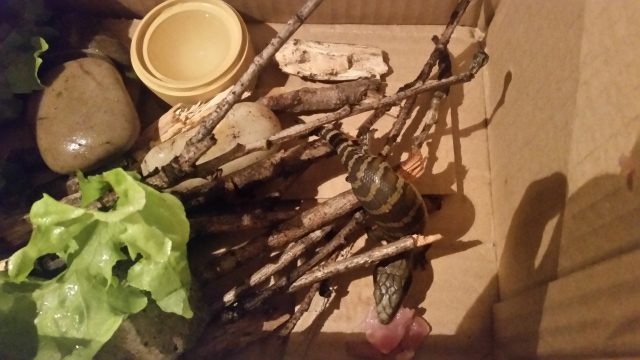 bluetounge legs
Question
bluetounge
Found a baby bluetounge as h
bluetounge legs
Question
bluetounge
Found a baby bluetounge as h
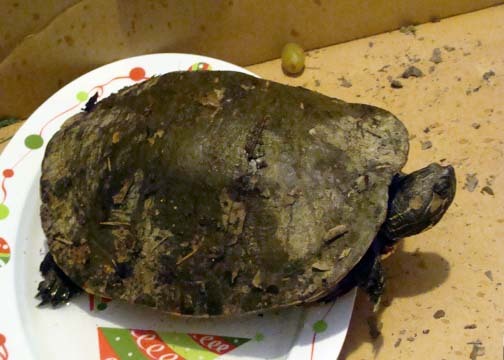 Turtle Identification
Question
Turtle?
Hi,
My kids and I found a large turtl
Turtle Identification
Question
Turtle?
Hi,
My kids and I found a large turtl
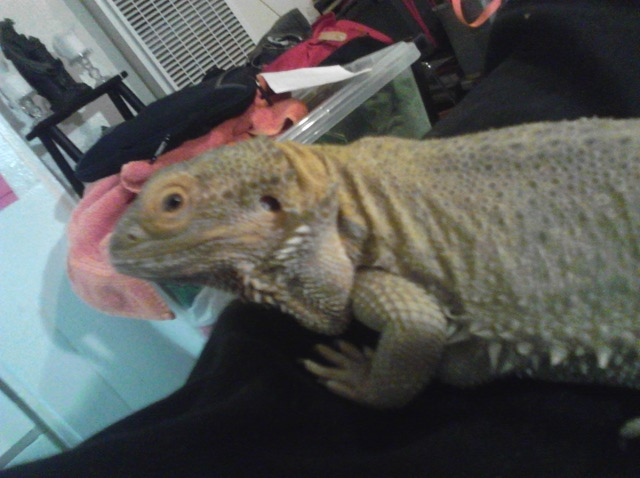 my bearded dragon makes a popping noise during exhale.....
Question
Oz
Good morning. I am worried about my
my bearded dragon makes a popping noise during exhale.....
Question
Oz
Good morning. I am worried about my
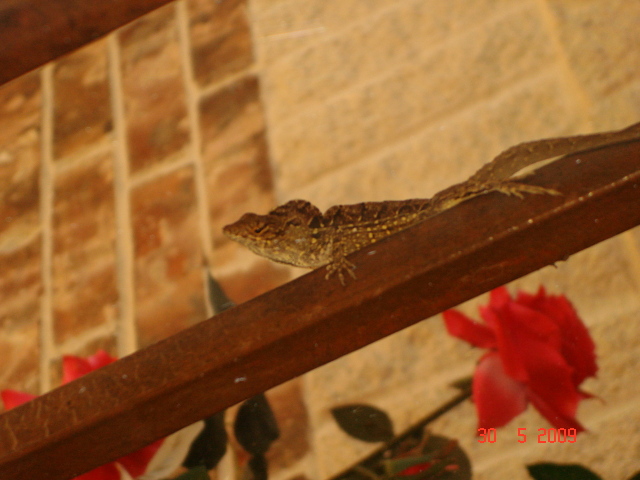 what kind of lizard is this?
Question
mystery lizard
about 6-8 long, dark brown/blac
what kind of lizard is this?
Question
mystery lizard
about 6-8 long, dark brown/blac
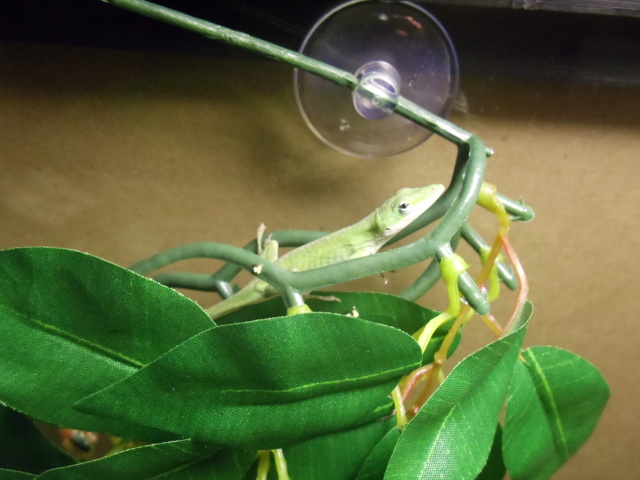 Anole will not eat
QuestionQUESTION: Hi my daughters anole will not eat. W
Anole will not eat
QuestionQUESTION: Hi my daughters anole will not eat. W